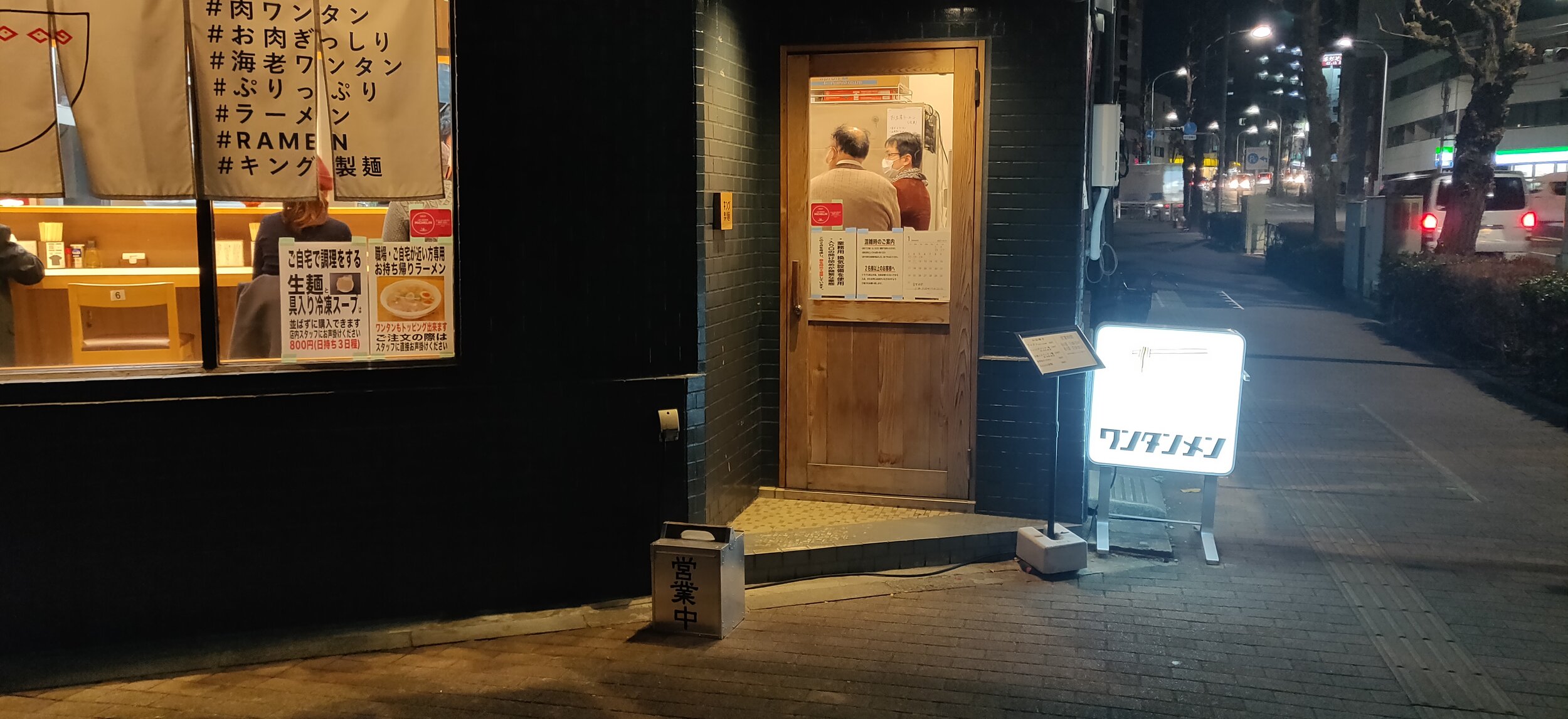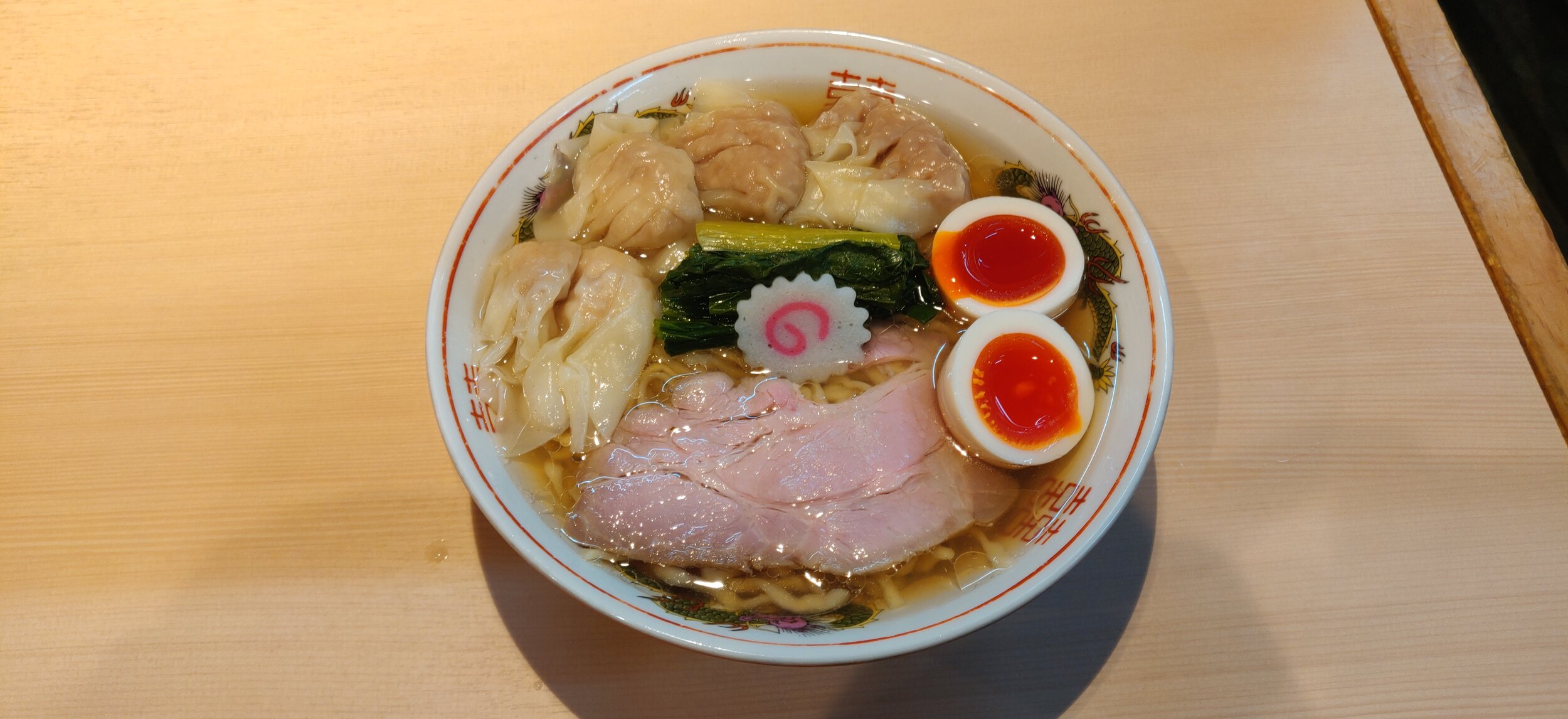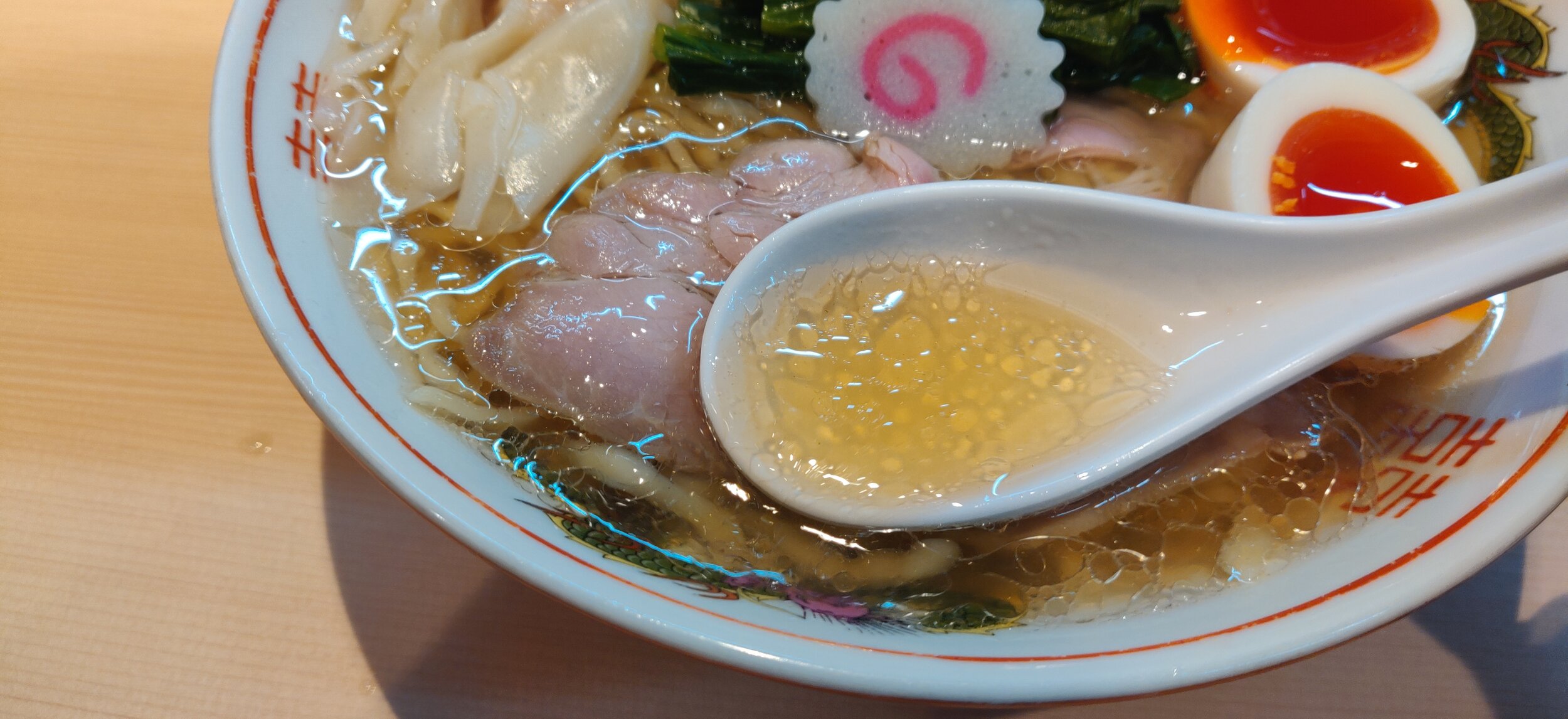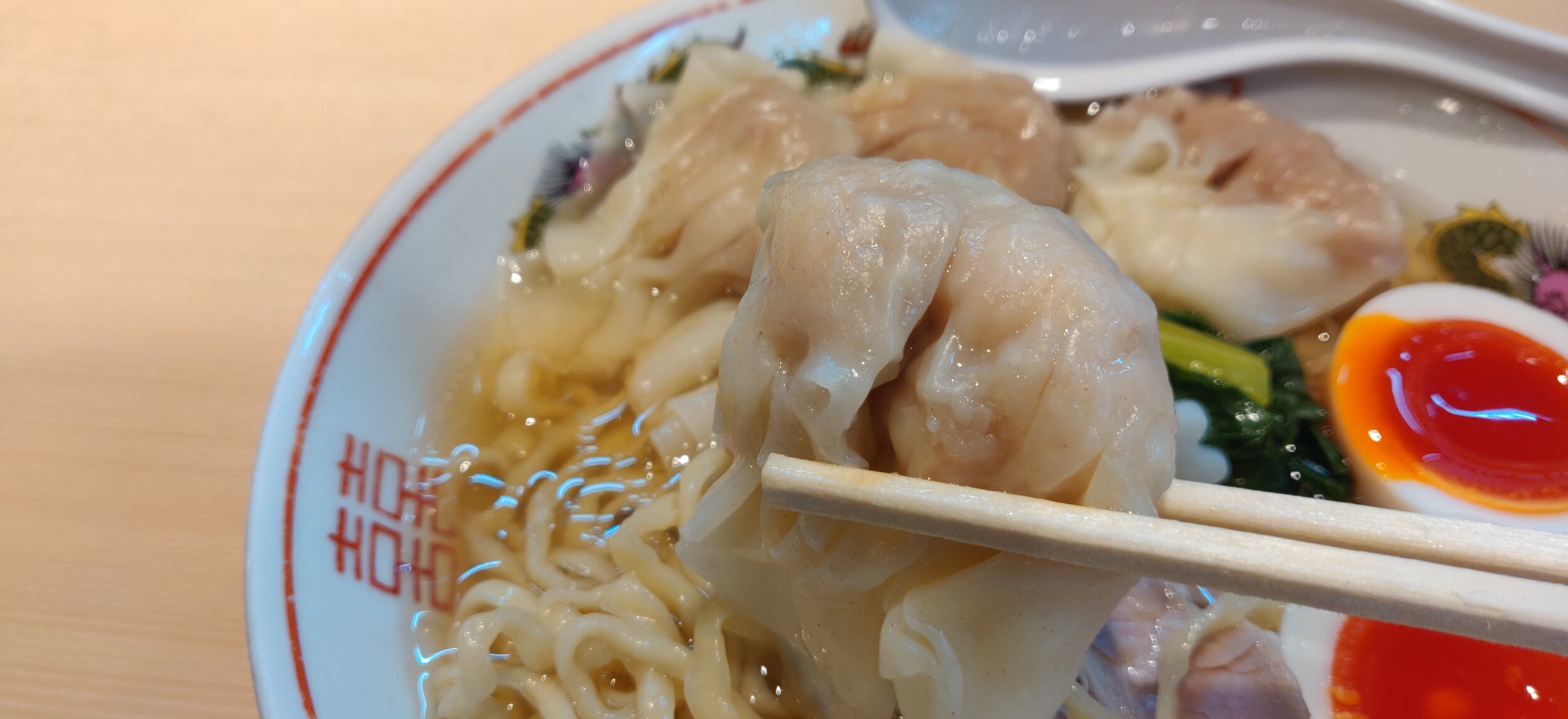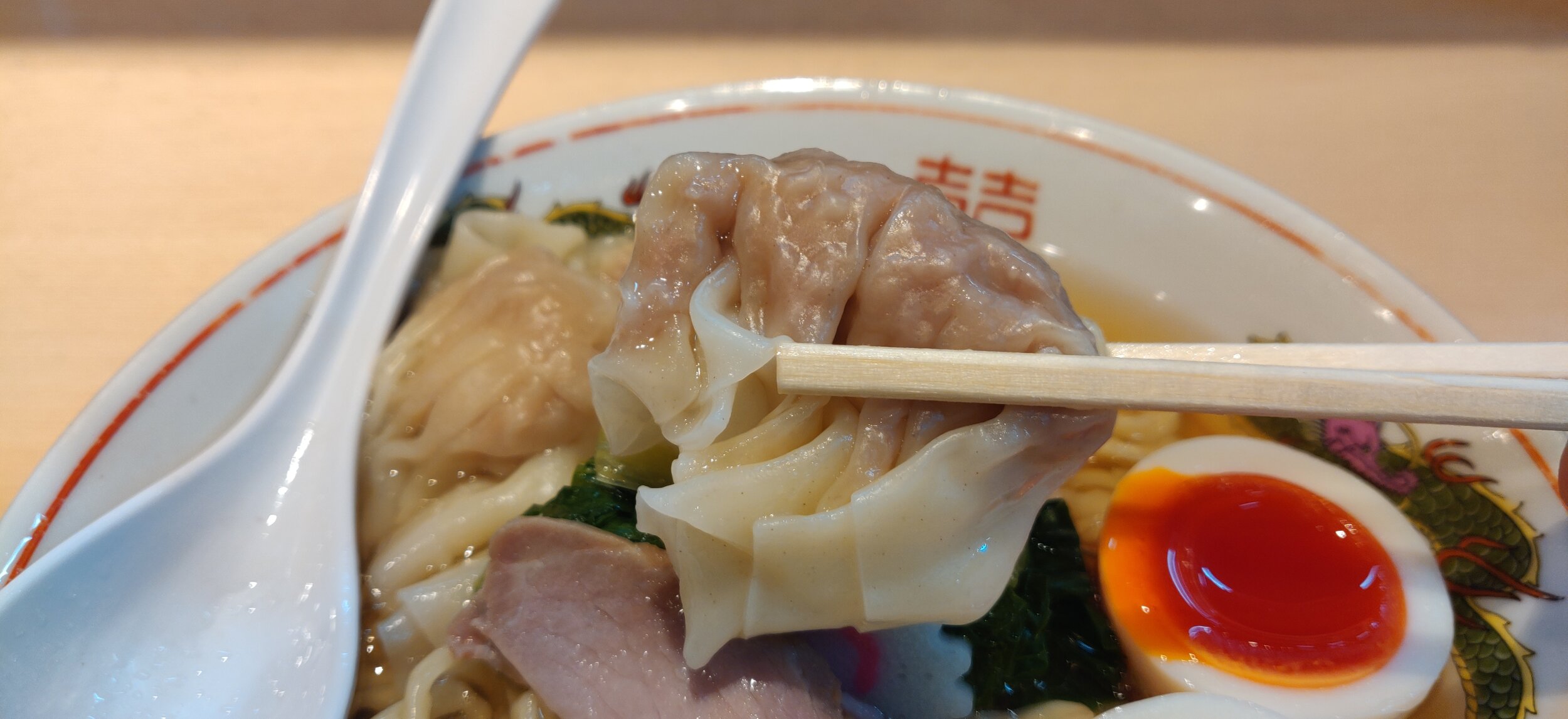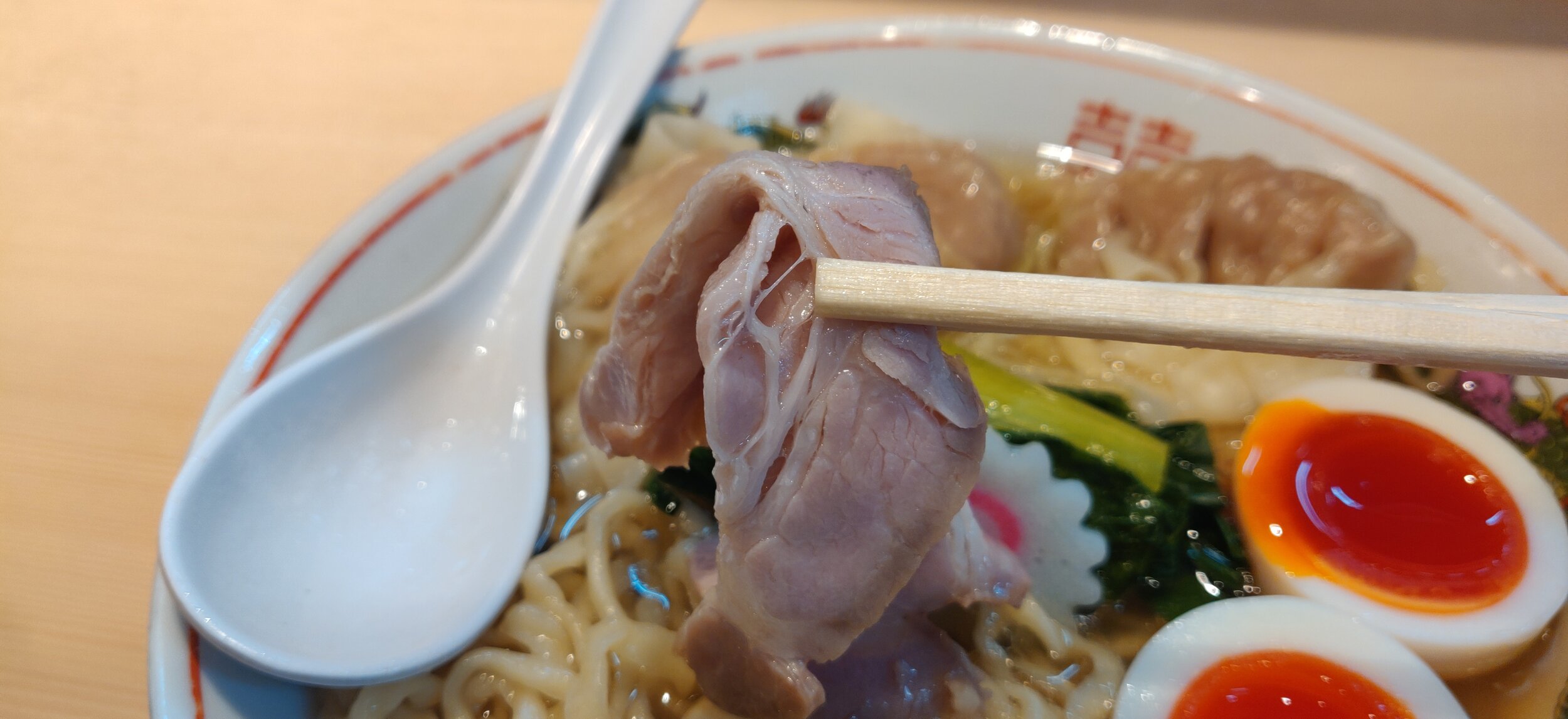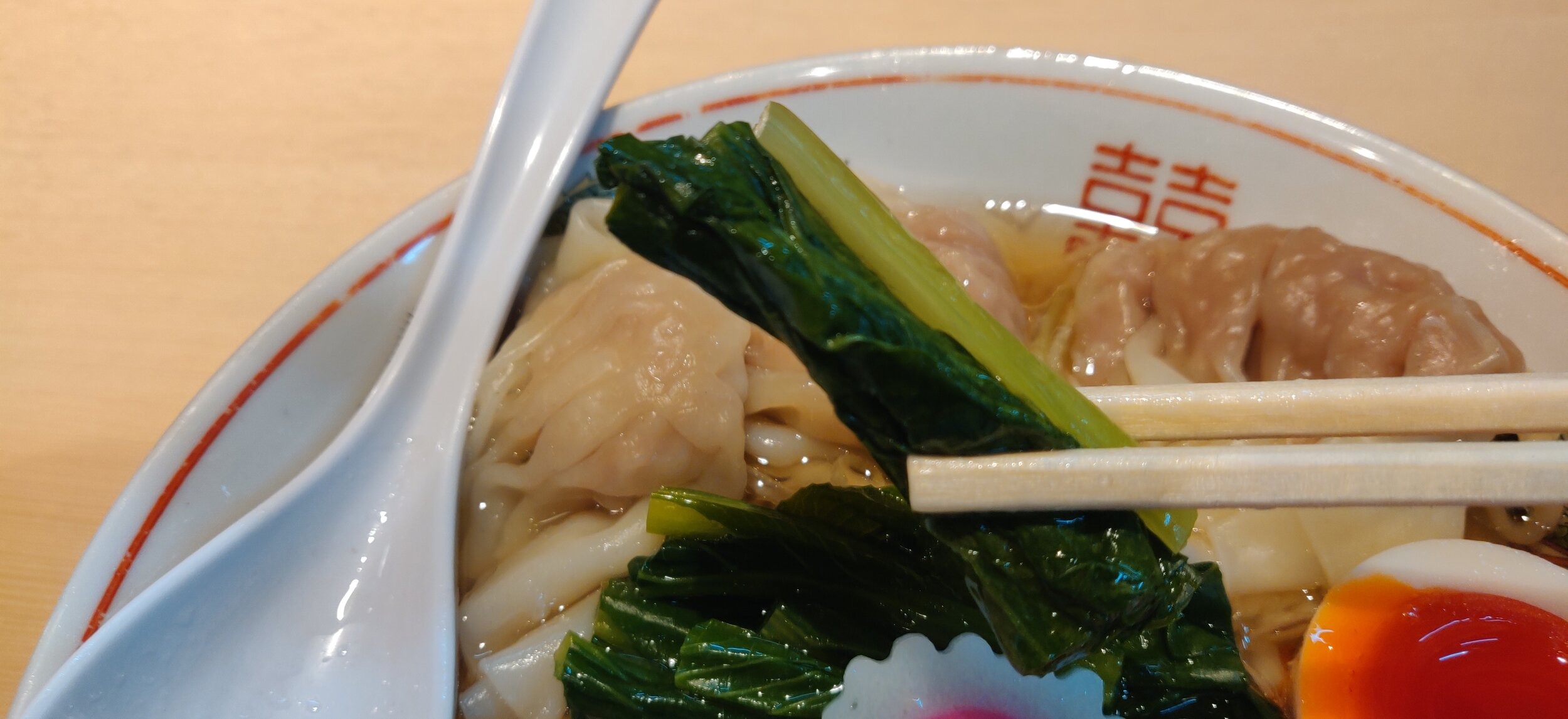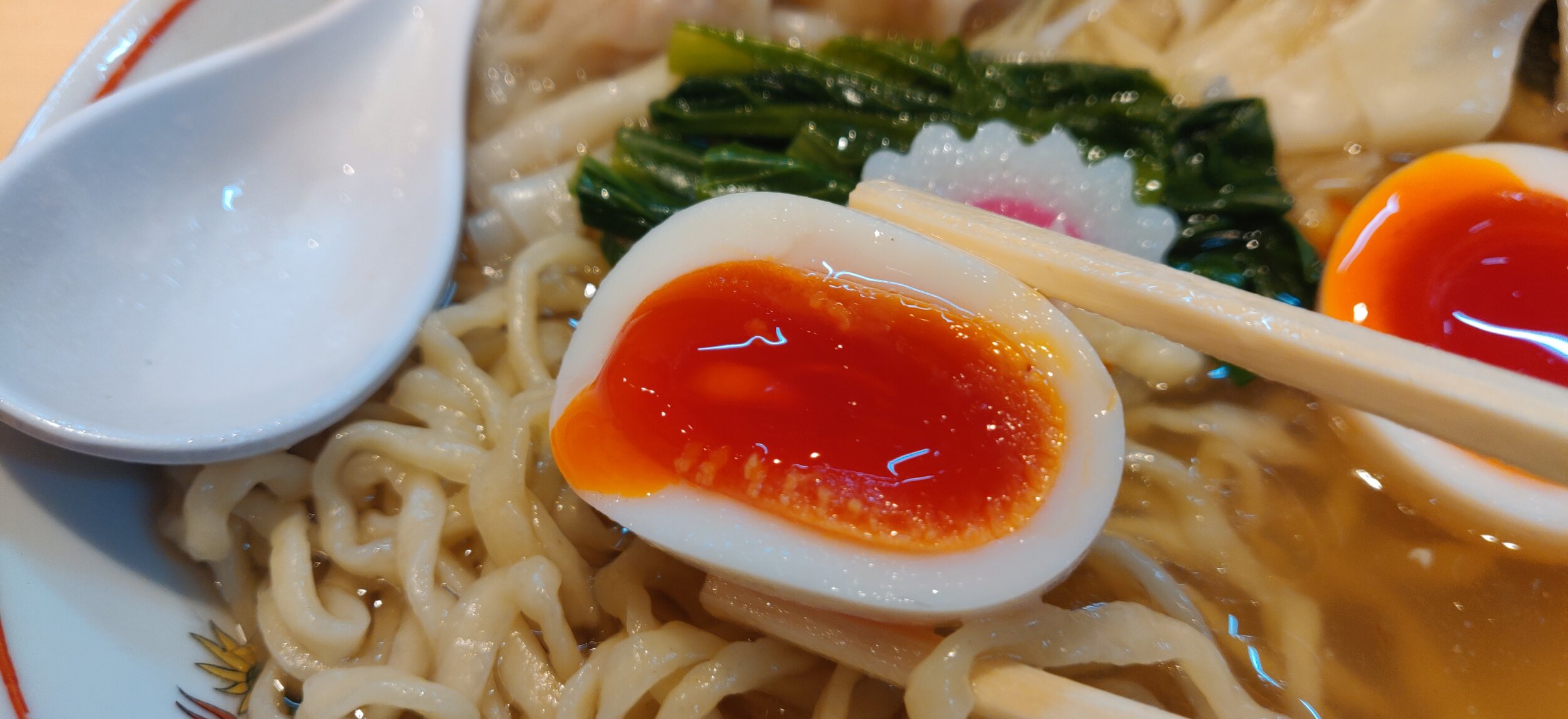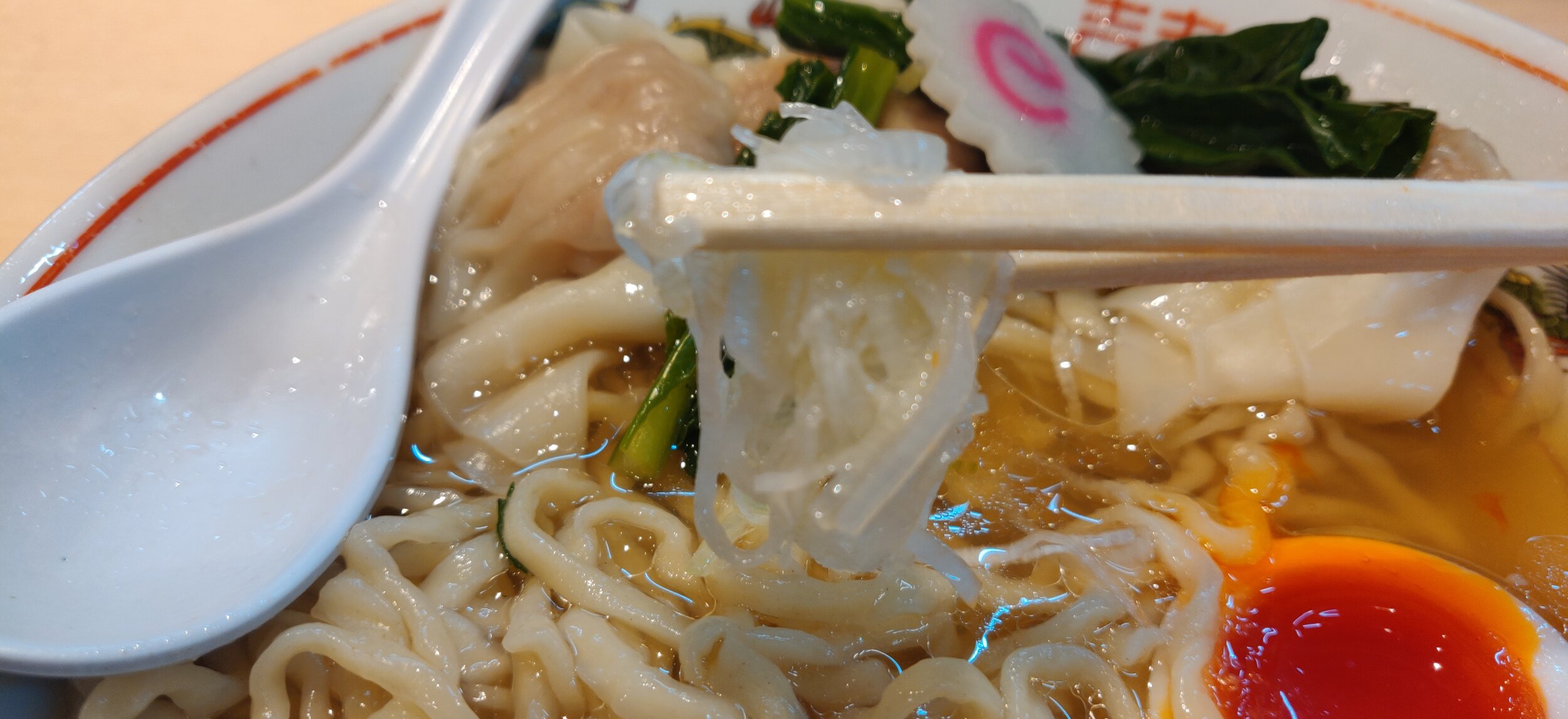King Seimen (キング製麺); King of Ramen?, Oji, Tokyo
Before making my way to King Seimen, my mind had built up some lofty expectations for their bowl. Living up to their zealous use of “King” in their name, the shop recently received a Michelin Bib Gourmand nod as well as appearing in Tabelog’s Top 100 Tokyo ramen shop list. Furthermore, this is actually the third branch location of the popular Ramen Koike in Kamikitazawa which also operates Ramen Nishino in Hongo Sanchome, home of two other Bib Gourmands and Tabelog top 100 entrants. I’m honestly a huge fan of both of these locations so I expected nothing less from King Seimen. Unfortunately, if I’m being completely honest, I was a tad disappointed with the output. I guess I should have tempered my expectations as I came in thinking I would be blown away with a creative third brand menu, but it was strikingly similar to both Koike and Nishino making it feel a bit unoriginal. Now, I’m not saying King Seimen isn’t good, they actually make some phenomenal bowls, but the soup was too similar to Nishino that I left feeling like I should have just gone there. I guess my disappointment is rooted in the fact I was expecting a completely new menu and was caught off guard with a bowl I felt like I’ve had before. However, despite the similarities in their soup, as their name “King of Noodle Making” would suggest, they make some pretty dank noodles, so definitely check in to try their memorable noods.
Shop is about a five minute walk from the JR Oji station and the area is known for a number of high quality, top ramen shops of Tokyo. However, the area is a bit far from my home and work so I rarely make visits to this area. If you’re a tourist coming to Tokyo for the first time, I probably wouldn’t recommend a trip up here as there isn’t a whole lot of things to do, but if you’re a ramen enthusiasts I recommend filling your day with 2-3 ramen shops so it makes your train ride here worthwhile. King Seimen is open 7 days a week from 11:00 to 15:00 for lunch and 17:30 to 20:00 for dinner except Tuesdays which are lunch only. 20:00 closing was to abide by Covid lockdown protocols so if you come post Corona, be sure to check back to see the updated opening hours. Menu is a bit busy, but I’ll try and translate it here. Starting with the very top row from left to right is the Zenbu Iri Won Ton Men, which is essentially their version of the Tokusei ramen with extra toppings. To the left is the slightly less topping version, then the Sansho Zenbu Iri which has a bit of Japanese pepper, and the Sansho with light less toppings. Second row is the Shiro Dashi Ramen (their regular ramen with no extra toppings), Won Ton Men with two each of the pork and shrimp won tons, and Chashumen which comes with extra pork chashu, but no won tons. The Sansho ramen is next with the Won Ton version to the right and Chashu version on the far right. Third row is just won ton soup with no noodles.Fourth row is the side menu with a Mayo Chashu rice bowl on the left, then 2 pork won, 3 pork won ton, 2 shrimp won ton, and finally 3 shrimp won ton add ons. The fifth row starts with Ajitsuki tamago (Ajitama), Chashu choimashi (little bit more chashu), and Chashu mashi (extra pork chashu). Next row is for takehome ramen which coordinates with the sign next to the machine. Next row is the Dandan maze soba, tsukemen, and Taiwan tsukemen. Below that row is a larger portion of the Tsukemen and the Taiwan tsukemen as well as an option for beer.
Went for the Zenbu Iri Won Ton men, which is probably the one I would recommend for first timers who haven’t yet been to any of the three locations (here, Koike, and Nishino). For the most part, ramen heads can agree, this ramen group produces some of the best won tons in Japan. Both the shrimp and pork won tons are phenomenal so regardless of which shop you go to, definitely get at least a side of both varieties. In addition to the won tons, my bowl of ramen came adorned with pork chashu at the bottom, Ajitama marinated soft boiled egg on the right, and a mound of blanched mustard greens in the center. A small slice of naruto finished off the bowl and the toppings all laid flat upon the noodles hidden below. First off, the soup is bang on delicious. I know I gave the soup some harsh criticism in my intro, but if you’ve never had a bowl from this ramen group, you’re really missing out. The Niboshi dried sardine notes are out of this world and with one sip your mouth is immediately hit with impactful dried fish flavors that keeps you coming back for more. King Seimen, as well as Nishino, uses a light, white shoyu base tare that is high in salinity, but brings a ton of flavors that blends with and uplifts fish and kombu dashi-centric stocks like this one perfectly. Don’t mistake this for a Shio ramen though, the base is a shoyu and does bring the same vibe as you would with a darker shoyu tare component. In my opinion, the kombu notes are more notable in these white dashi style ramen and the gentle notes of the kelp brings a mellow flavor note that you’ll sometimes miss in the pungent dark soy shoyu ramen.
As I mentioned earlier, the noodles are the main differentiating component between King Seimen and Koike/Nishino, which makes sense given their name Seimen which means noodle making. Over at Koike and Nishino, the noodles are straight, thin varieties you often see in Neo Tokyo Chuka Soba restaurants. The smooth, slippery noodles have been taking over these low profile, lighter soup bases as it doesn’t interfere with the broth and balances the bowl pretty well. King Seimen essentially bucked that trend and made a slightly thicker, chewier version that gives the bowl a ton of character. I enjoyed the variety of the noodles as the pairing isn’t something I see very often, and I gotta admit, these noodles are really good, but I just didn’t think it matched with this soup. I can see how it works in a dark soy shoyu ramen, but this white variety was just a bit low profile to pair with the vibrant noodles.
Then of course we have the fantastic won tons which are made fresh each day. Shrimp is good, but the pork is my favorite. I prefer shrimp to be included whole in my won ton so I get the plump burst of flavor. The ones here were a bit minced so while it did have the plumpness, it wasn’t quite what I hoped. Pork won ton on the other hand thrives in a paste format as it allows the juices to retain within the wrapper nicely. These little pork nuggets encapsulated in the thin wrappers made the bowl for me and reminded me why I love this ramen group so much. Pork chashu was tender and lightly seasoned which I thought complimented the overall flavor aesthetic of the bowl nicely. Blanched mustard greens gave some color, but not anything I would have missed if it were gone. The thinly slice scallions however was a nice touch and the hidden crunch in between bites kept me on my toes. Finally, I’m sure the topping that caught everyone’s eye, the soft boiled egg which has an amazing vibrant orange color. Primary reason for the intense color of the yolk is the use of high quality eggs, but studies have shown that the use of paprika and chili peppers increases the orange hue in the yolk. Also, the ajitama is soaked in a white soy marinade so the whites look whiter making the orange contrast more drastically than against an egg white with a brown hue from a dark soy shoyu.
Again, overall King Seimen is a fantastic shop, but I rank them below both Koike and Nishino. If you’ve never been, I guarantee you’ll enjoy it so definitely check it out if you’re in the area. However, if you’re deciding between the three, go for Koike. If you’re here looking for ramen recommendations, check out my Top Ramen eBook on sale for $5. Profits go towards funding my self published ramen coffee table book so every sale we helps. Thanks!
